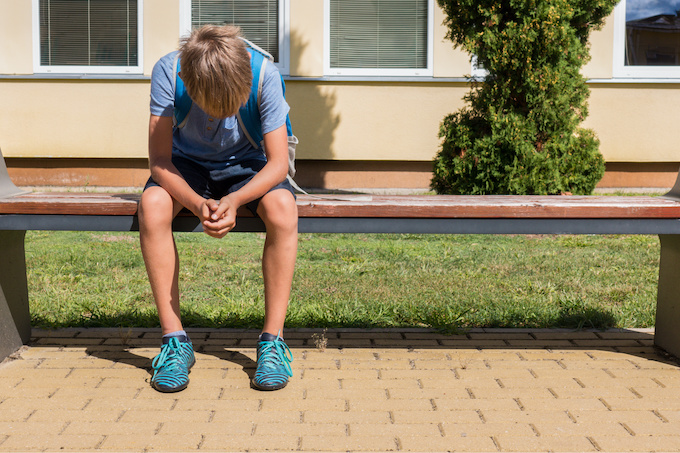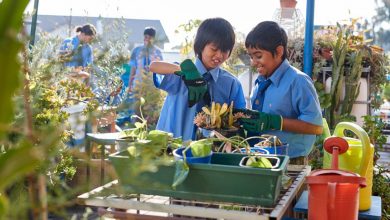Helping students experiencing separation and divorce
Almost half of Australian divorces involve children under 18.

With around half of all marriages ending in divorce, the number of children living in a family experiencing breakdown is on the rise.
Dr Helen Stallman, Clinical Psychologist at Triple P, said statistics show that almost half of Australian divorces involve children under 18, while The Australian Institute of Family Studies (AIFS) reports that by the age of 17 years, only 53 percent of children are living with both biological parents.
Read the latest print edition of School News HERE
It means that in any Australian classroom, up to half of the students may be experiencing separation or divorce in their homes.
What Can Teachers Do?
Teachers are often a stable, consistent and reliable adult in children’s lives, sufficiently removed from the difficulties at home to be objective but close enough to be familiar and trustworthy.
These are some of the things teachers can do to help children going through a challenging time:
Provide stability – ensure that while the child is at school they know what to expect and when, by maintaining routines and expectations which can be comforting when their homelife is in flux.
Be flexible – while routine is important, it’s also good to let students know that they can ask for extensions or support if they are having difficulties with their assessments or homework. You might not only need to adjust your own expectations of the student, but also help them reset their own if they are going through a particularly tough time.
Create a safe space – encourage all students to speak freely and openly, and let them know you are available to talk to if they need to. Be mindful of events like Mother’s and Father’s Day or other occasions which may cause distress.
Be observant – not all students will be upfront about their difficulties, nor ask for help even when they need it. Keep a close eye on changes in their behaviour, grades or mood that might indicate they are struggling.
Create chains of support – while teachers can provide non-judgemental support and allow students to talk, write or draw their feelings, it is also wise to line up others who can provide professional support to the student including counsellors, chaplains, social workers and wellbeing officers. If the student isn’t the type to talk to school officers, let them know there are resources available such as hotlines and community organisations who can help.
Find positive outlets – depending on the age of the child, they might find it helpful to join extracurricular groups (sports, arts, hobbies) to help with any stress or anxiety they are experiencing.
Teachers themselves are not immune to divorce and separation, and can access the free Family Transitions Triple P Online program, an online, research-based resource that gives proven tips and strategies for managing the transition in a way that can boost parenting confidence and minimise the impact on children.







